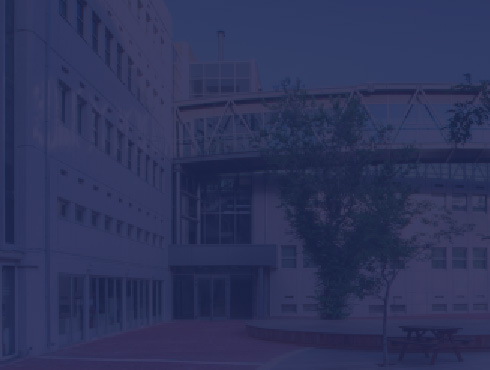Thermal radiation is the electromagnetic radiation emitted by a body at a non-zero temperature. The amount of emitted thermal radiation by a body depends on its temperature, T, and its ability to emit, characterized by the emissivity, ε. This fundamental relation is manifested by the famous Planck’s radiation law. Another property of a body is its ability to interact with incoming light, which is characterized by the absorptivity, α. Kirchhoff’s law of thermal radiation relates these two properties and states that for a body in thermodynamic equilibrium the emissivity is equal to absorptivity, i.e., ε=α. In contrast to thermal radiation, non-thermal emission, such as photoluminescence (PL), is a quantum process which described photon absorption followed by photon emission. The ability of a material to photo-luminesce is statistically characterized by its quantum efficiency (QE), which is defined as the ratio between the photon emission and absorption rates. Temperature dependent PL is associated with the chemical potential μ of light formulated by the Generalized Planck’s law. Without knowing the inherent temperature dependence μ(T), the Generalized Planck’s law is insufficient to characterize PL(T).
Recent experiments showed that at low temperatures PL photon rate is conserved, accompanied by a blue-shift, while at elevated temperatures PL photon rate approaches the thermal radiation. To study the general temperature dependent PL, we have investigated both regimes, thermal radiation and PL, and developed a theoretical model which incorporates photonic as well as phononic interactions in the detailed balance analysis. We show how PL changes with elevated temperature and eventually transitioning into thermal emission. We validate previous experimental data and provide new experimental evidence verifying our theoretical model.
Moreover, our approach leads to an extension of Kirchhoff’s law of thermal radiation to include also non-equilibrium condition radiation and most importantly, linking QE, emissivity and absorptivity of a PL body. We prove this claim experimentally.
Such understanding of temperature dependent PL and extension of Kirchhoff’s law will have broad impact in lighting and energy harvesting systems as well as in any field of radiation where the evaluation of the limit of radiation is critical.


